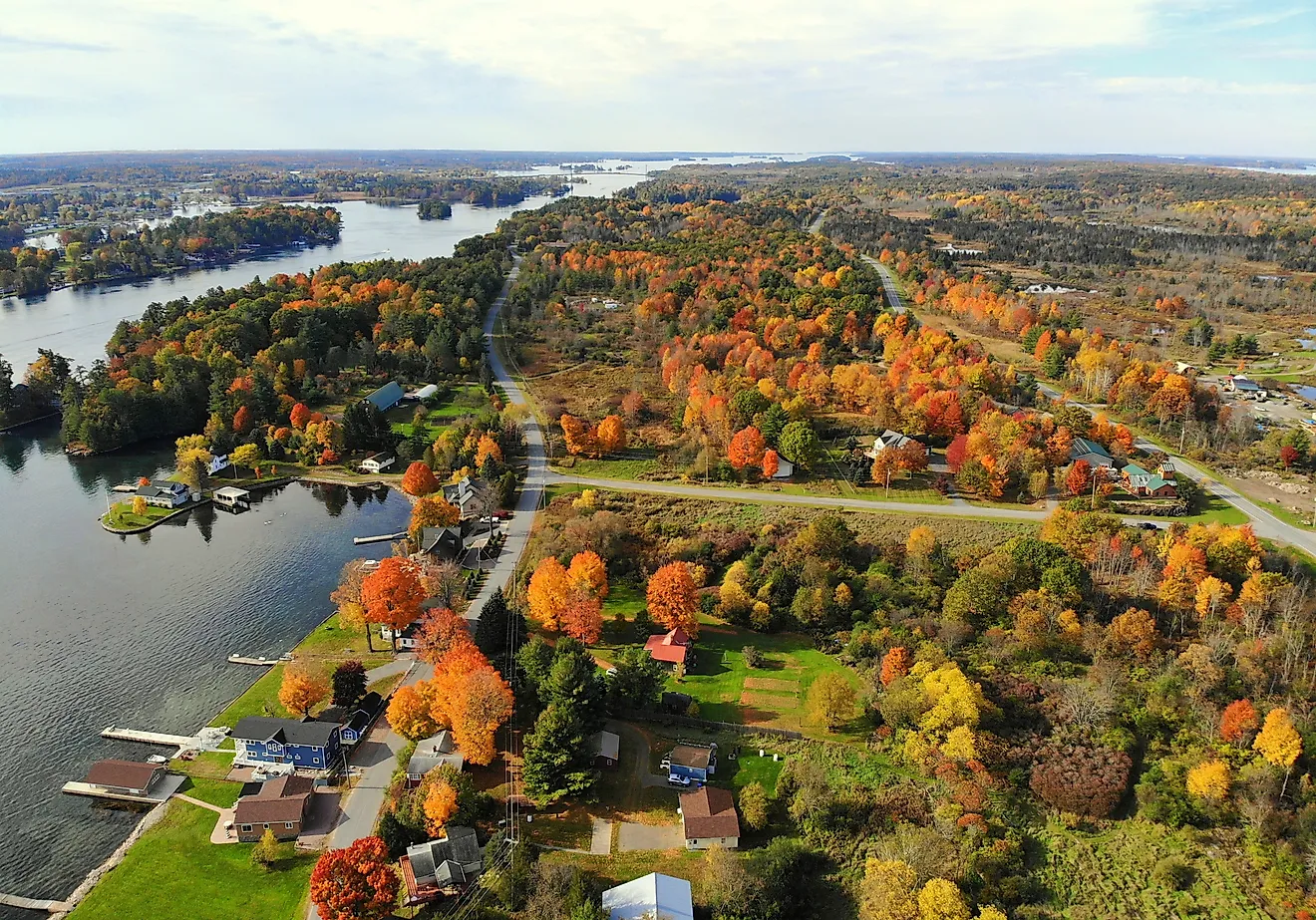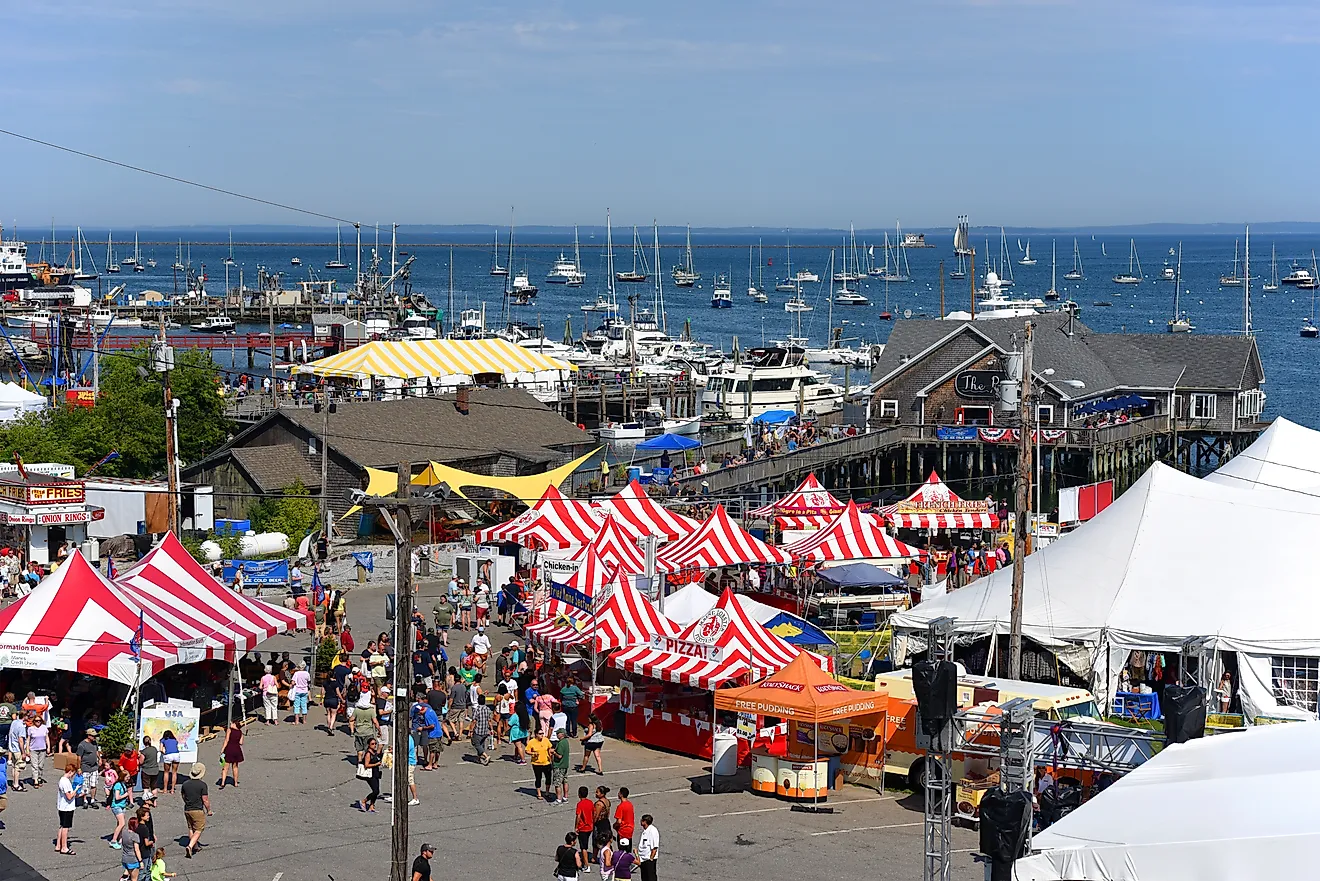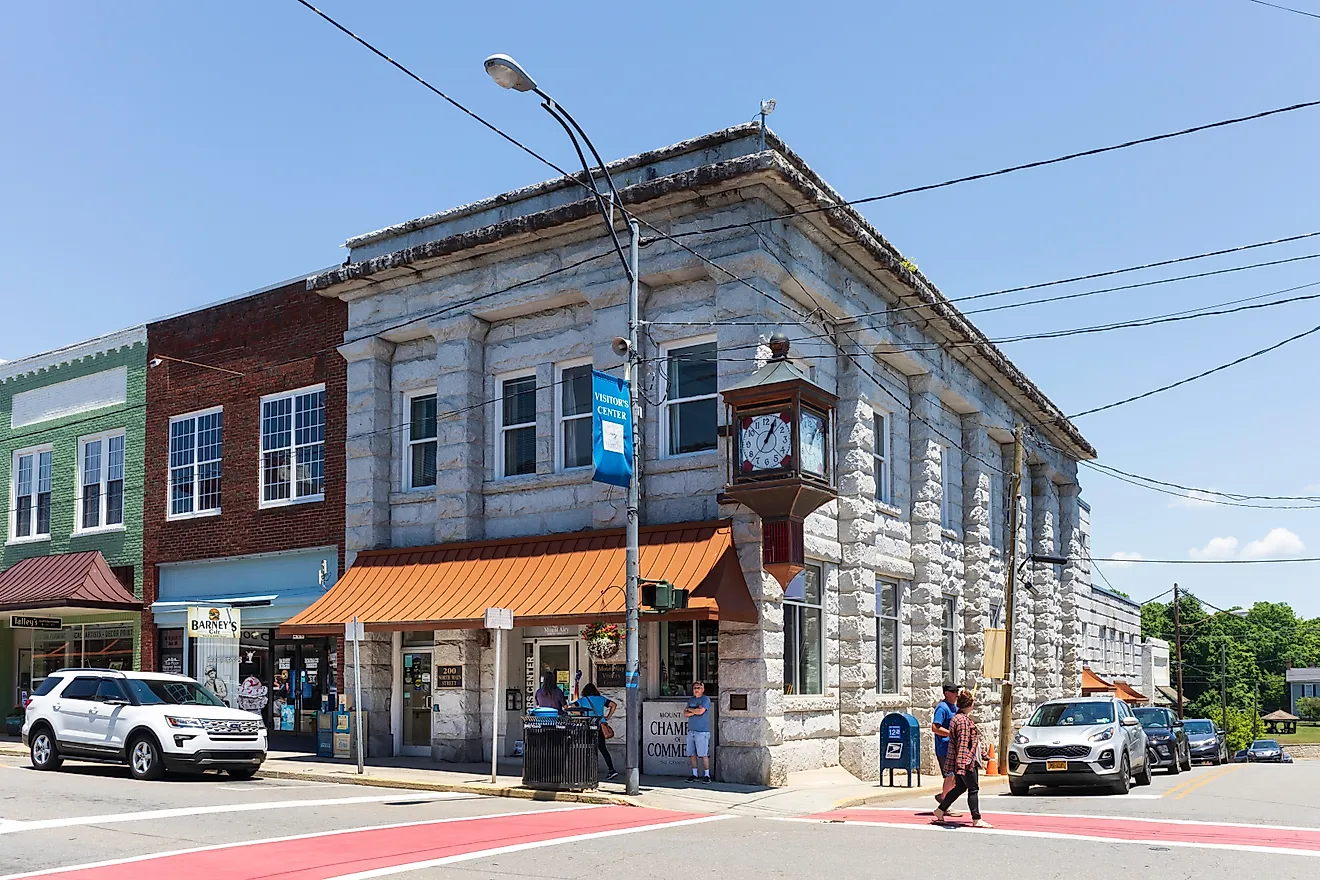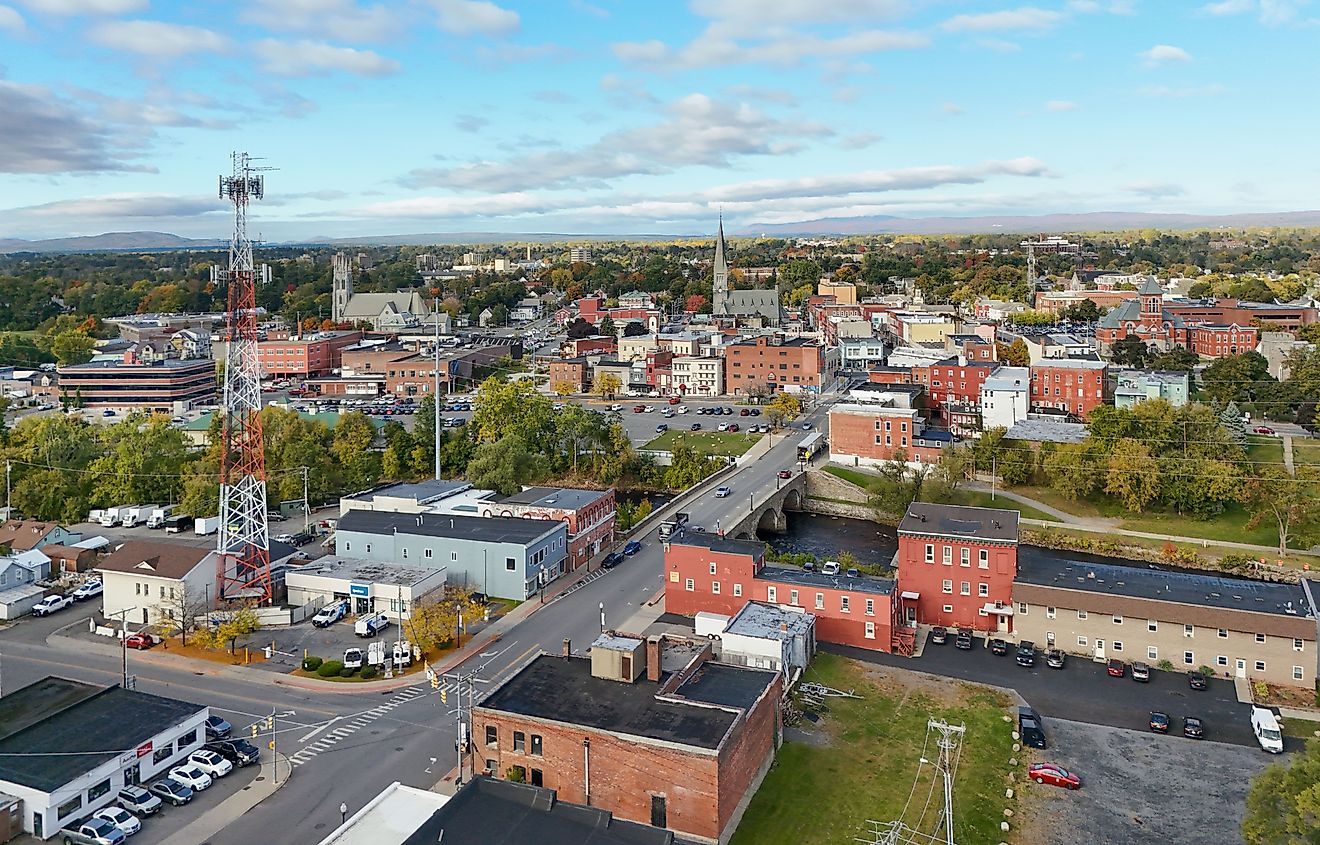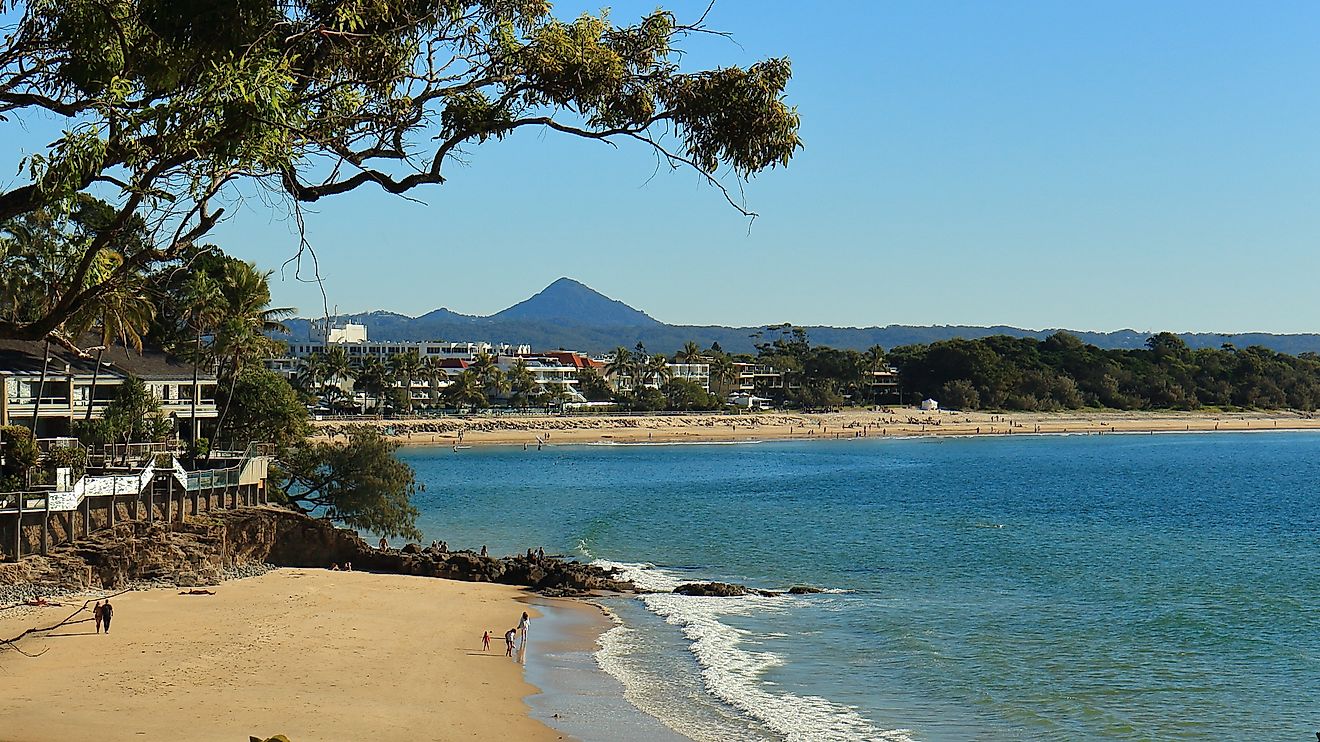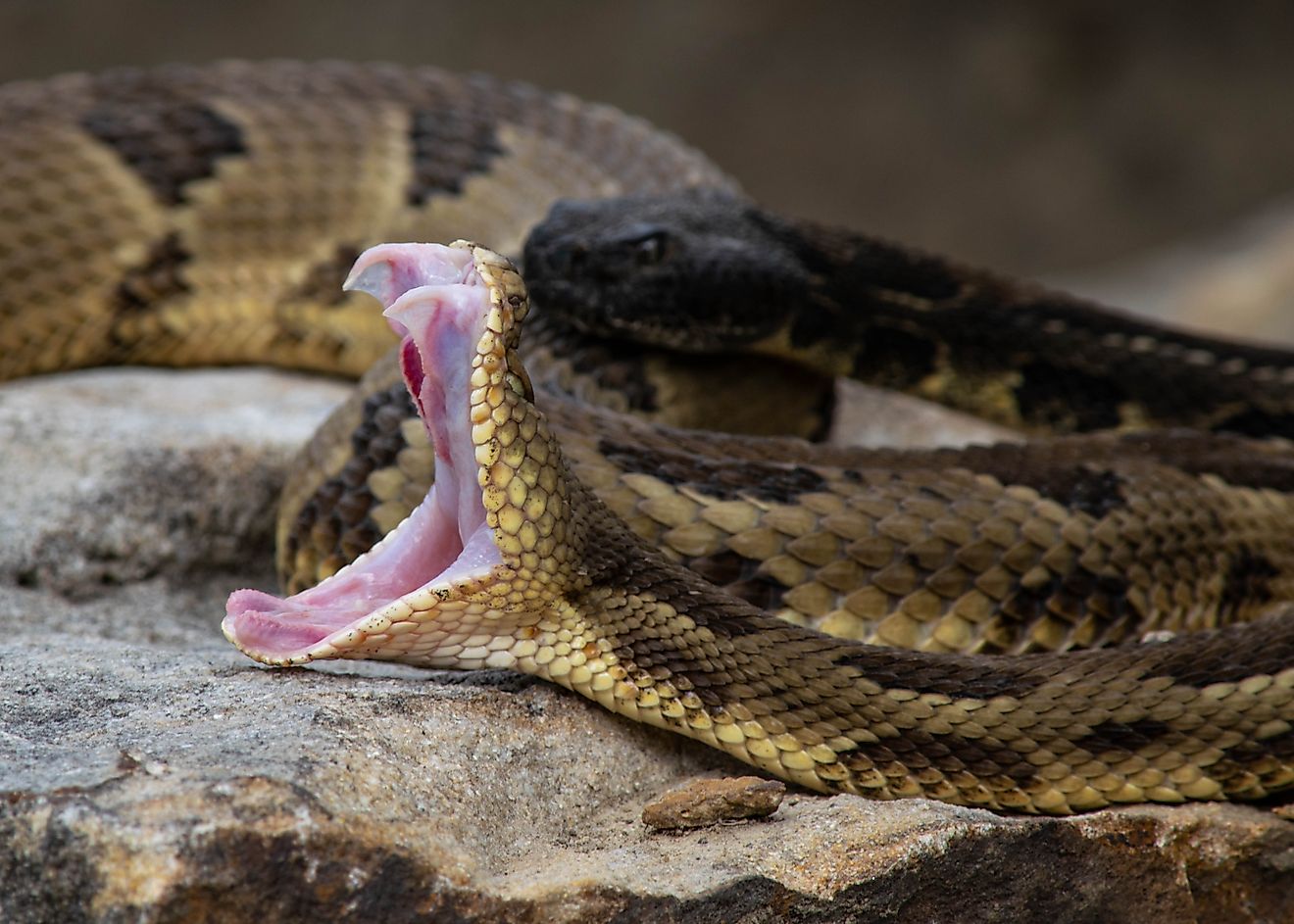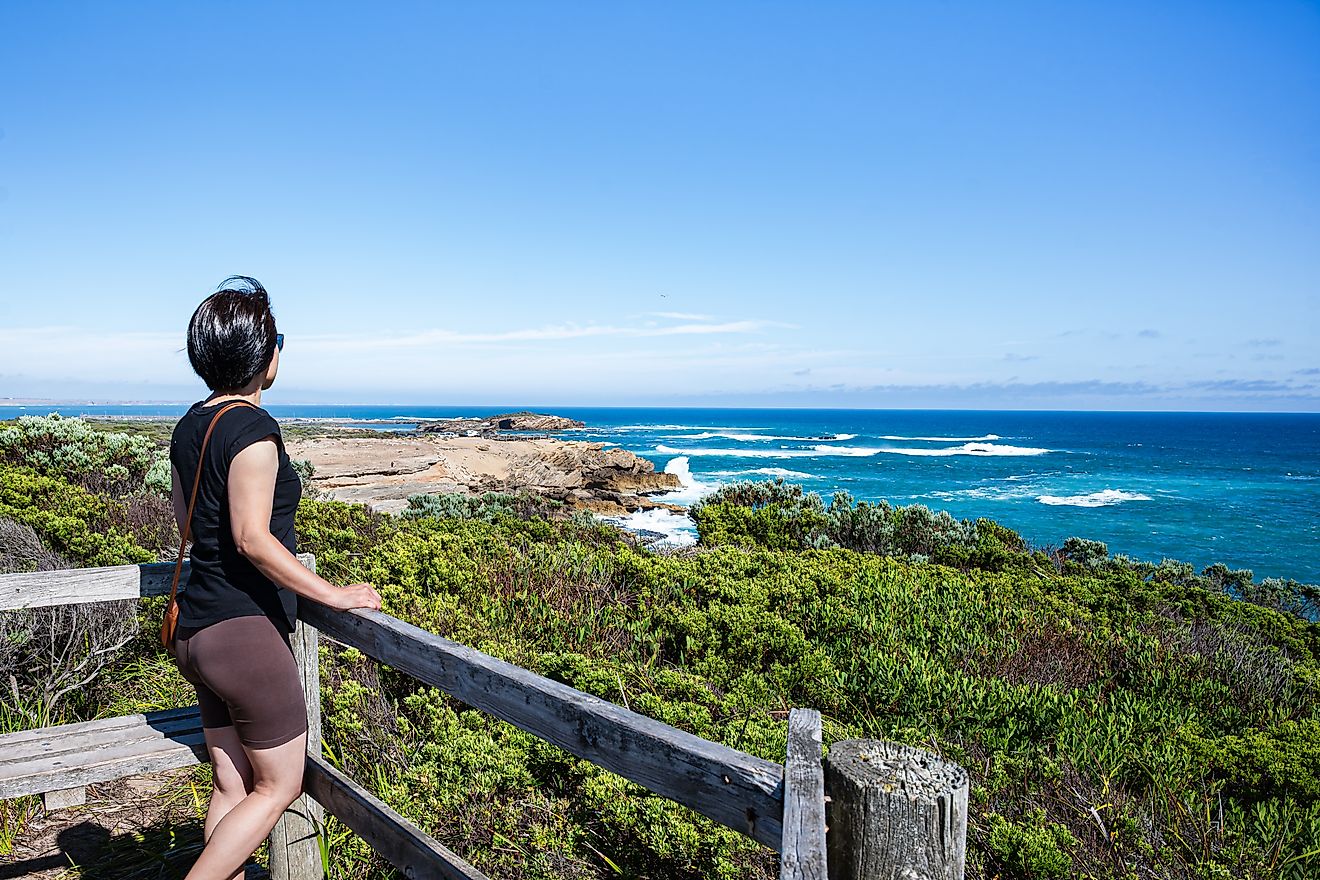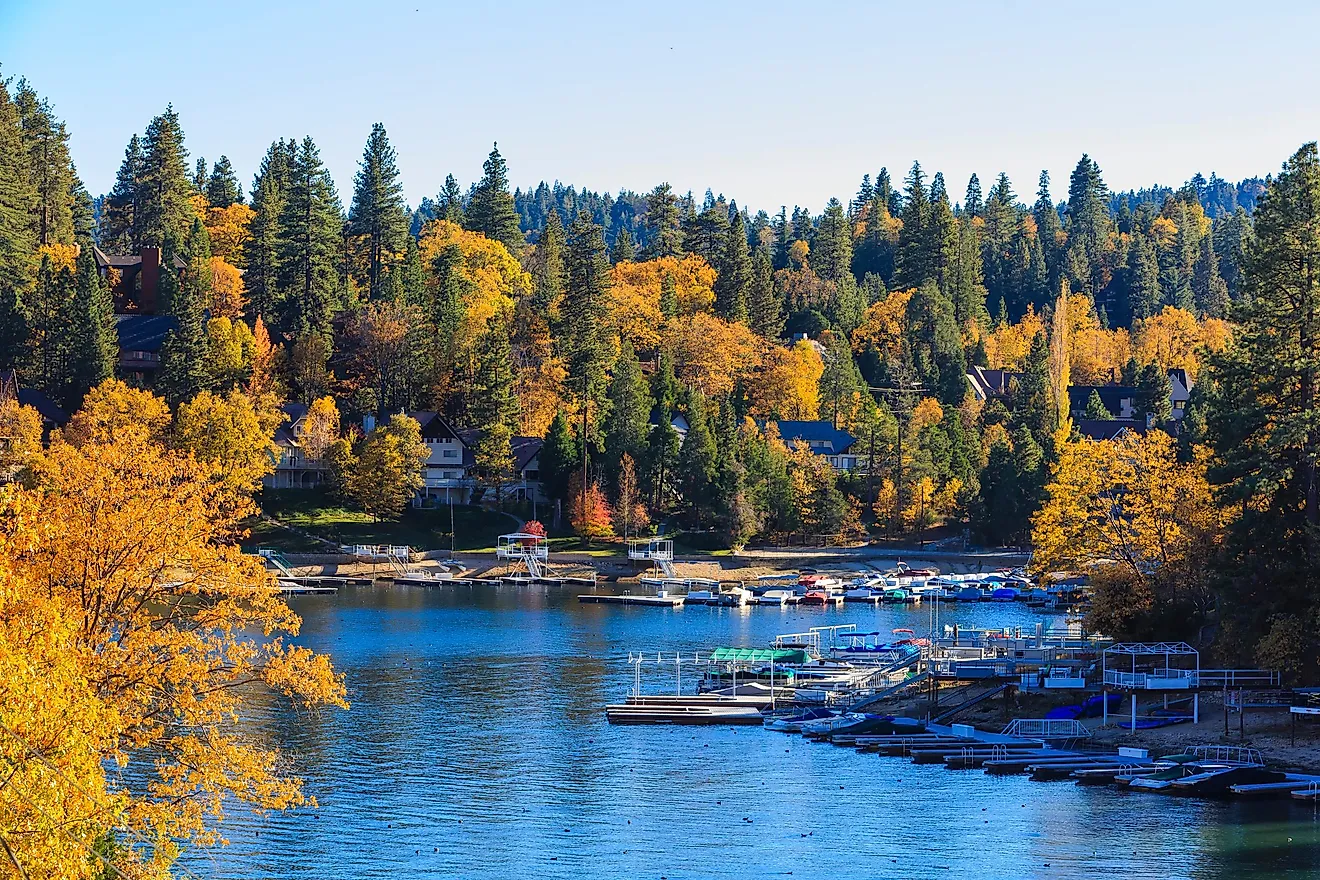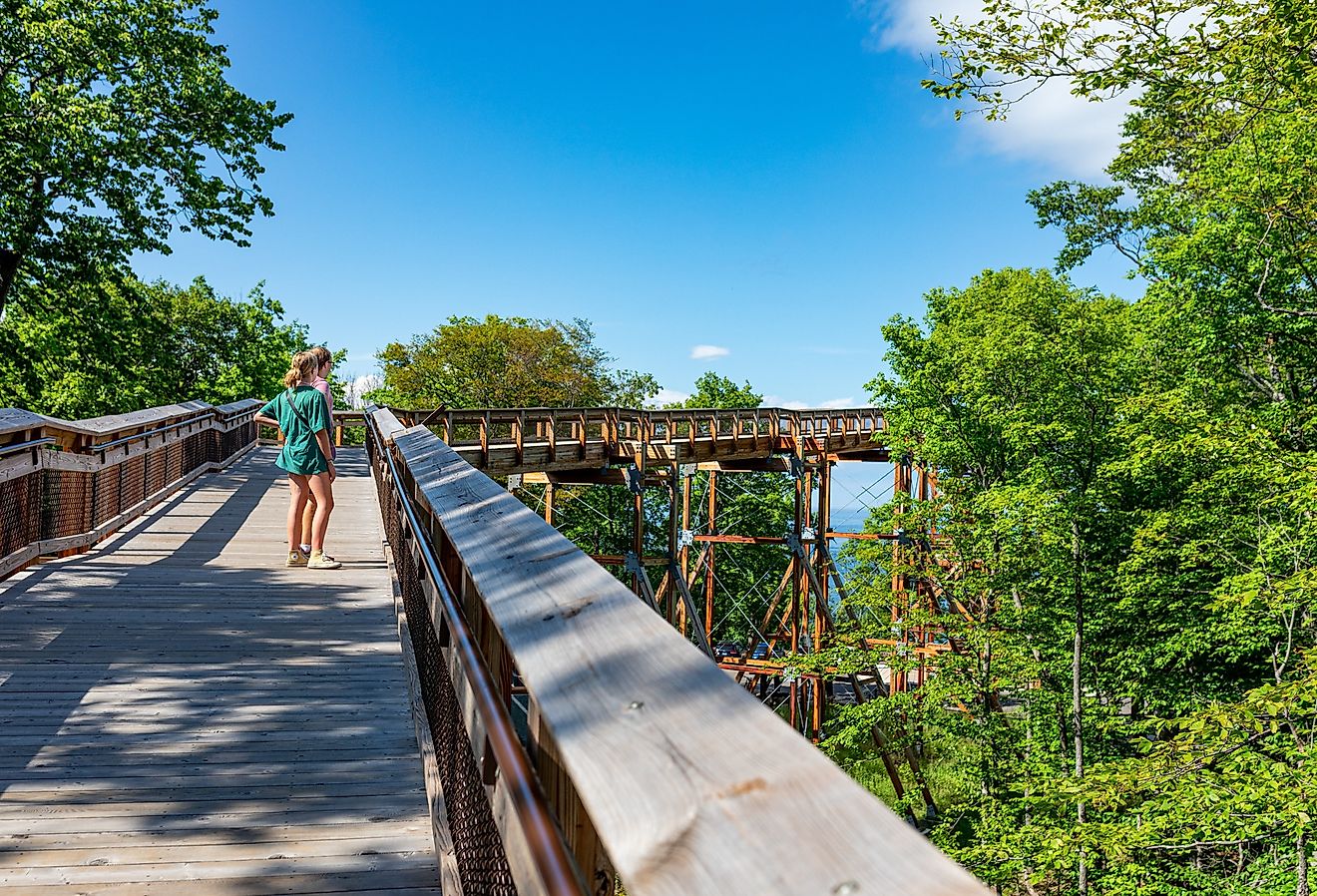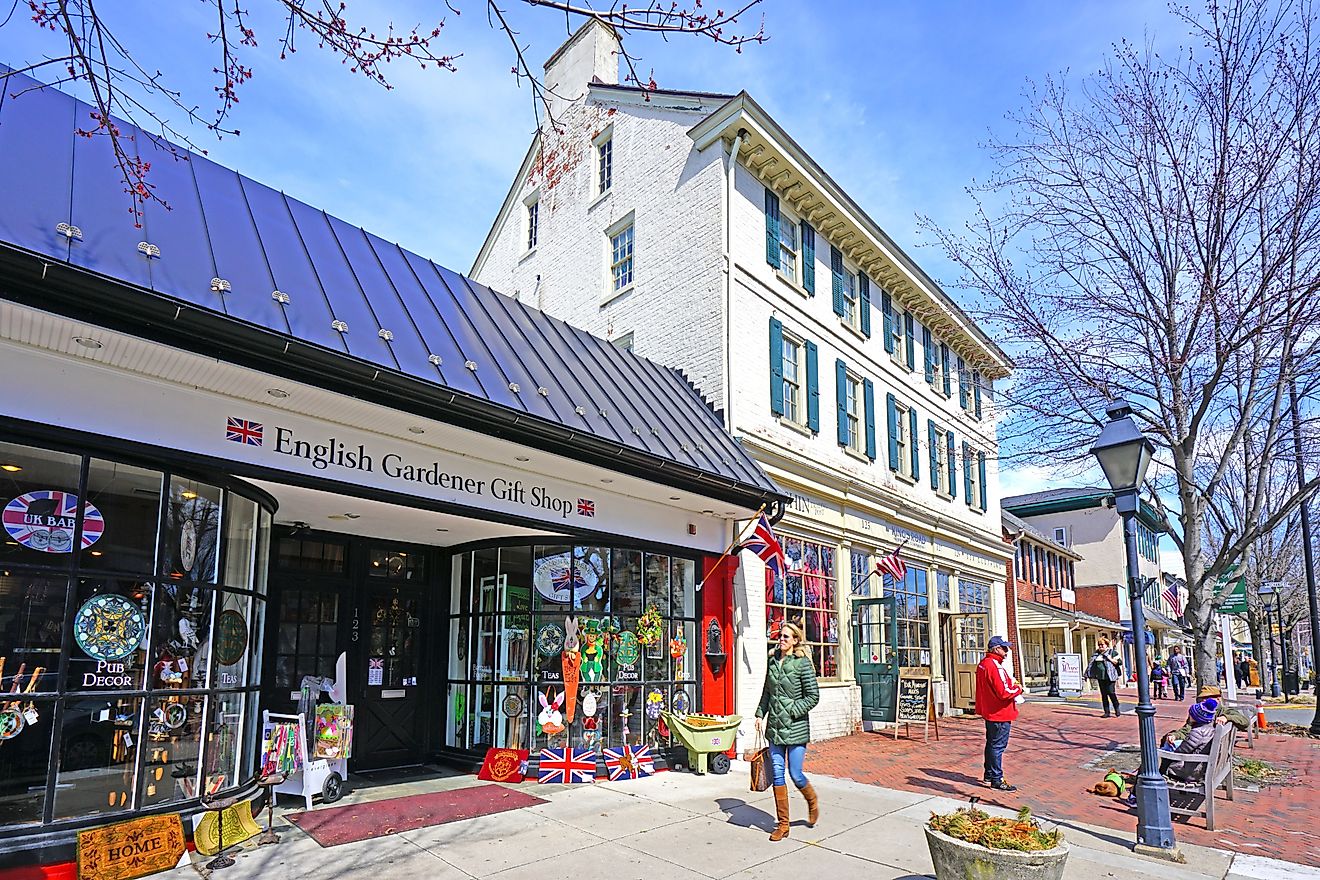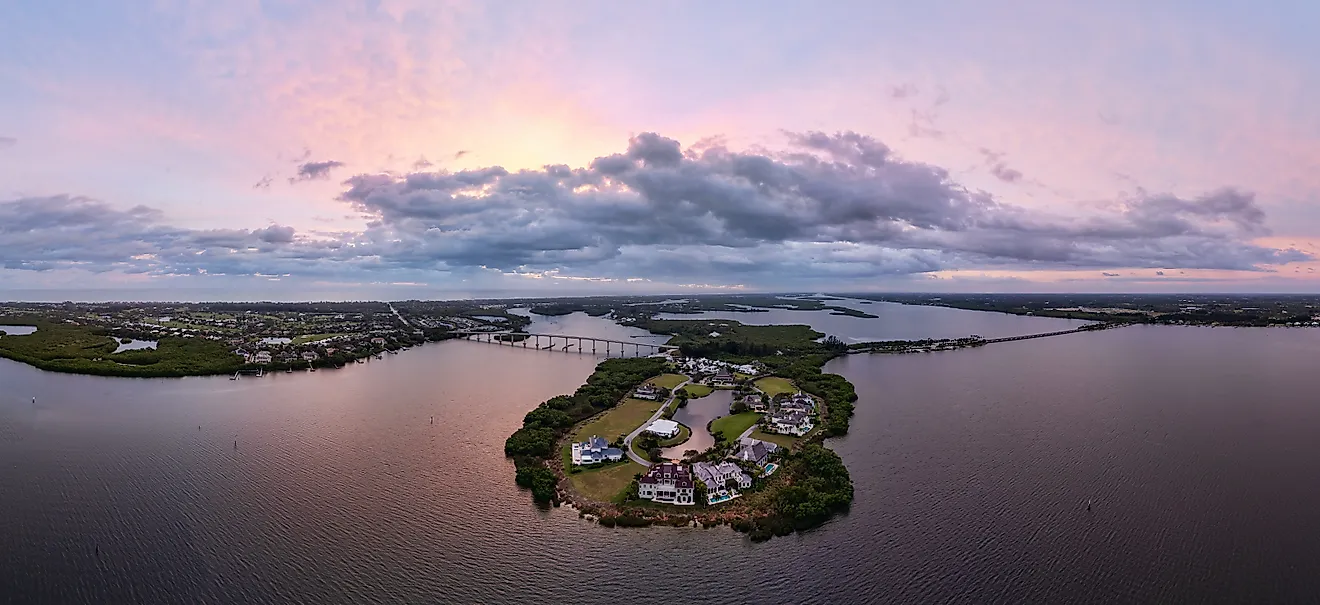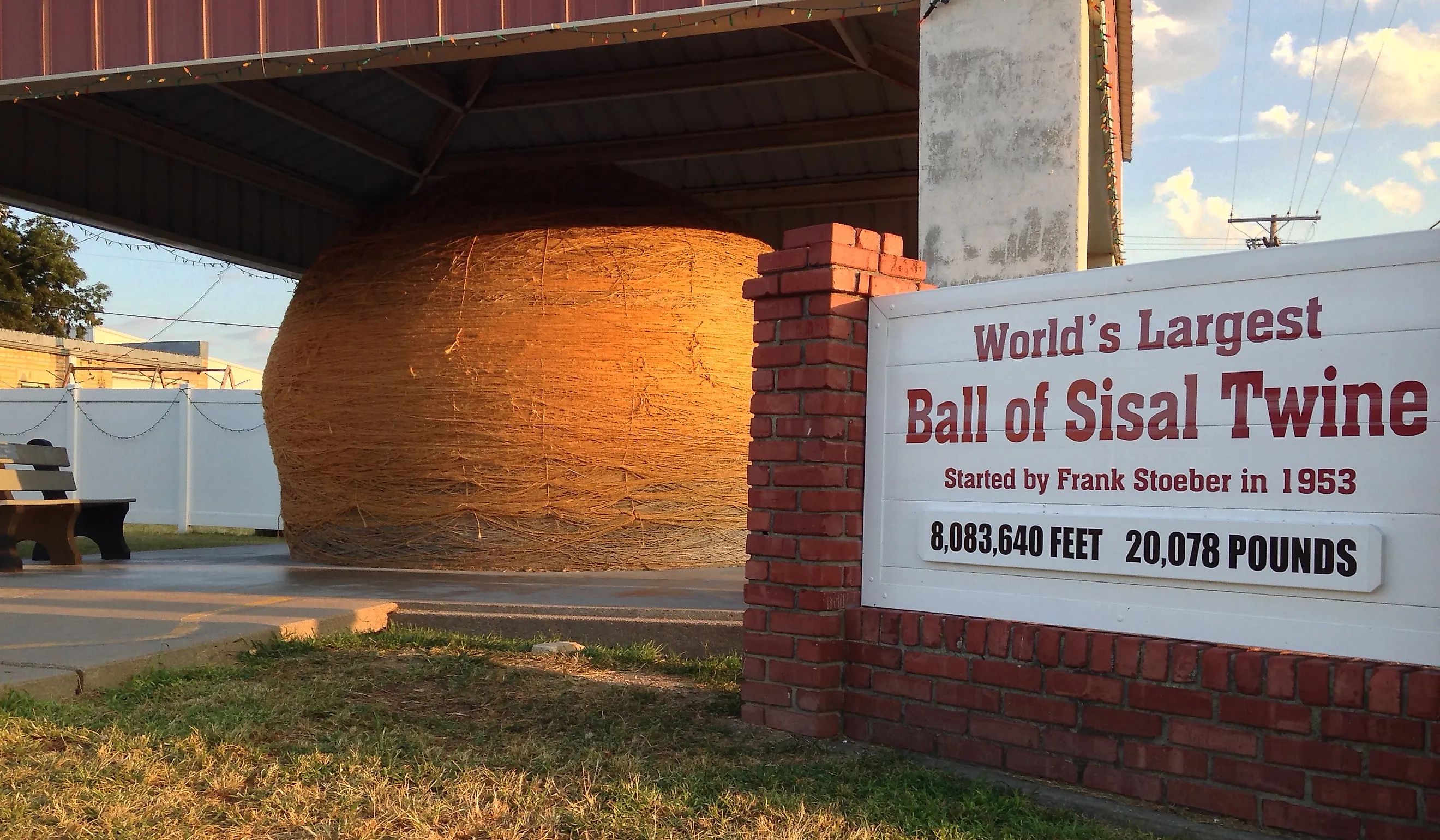
10 Of The Most Bizarre Landmarks In Kansas
Nothing complements a road trip more than stopping off at a cool destination or two along the way. Although Kansas doesn't always wow with its landscapes (unless you love gazing across a seemingly endless sea of plains, which, to be fair, can be beautiful at times), it does have a surprising amount of wild and wacky landmarks that certainly spice things up. Here are ten of them, with their histories and other useful info to know before you go.
Oz Museum - Wamego
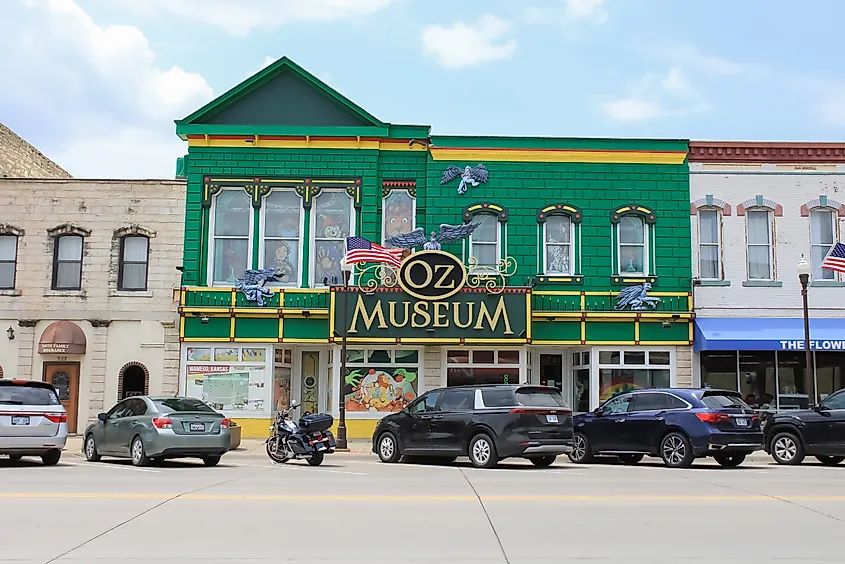
In the small town of Wamego, a full-scale museum dedicated to The Wizard of Oz turns its quiet downtown into an unexpected pop-culture destination. The OZ Museum features over 2,000 artifacts related to L. Frank Baum’s classic tale and its many adaptations.
Here, you will follow a real-life yellow brick road through detailed exhibits that include life-size character displays, early-edition books, movie memorabilia, and even a tornado simulation! The space is notable for its immersion and theatricality, with recreated scenes from the 1939 film and themed lighting that shifts from old-timey sepia to full Technicolor.
Several local businesses reflect the theme, too, and the museum anchors an annual OZtoberFest with costumes, performances, and collectibles.
Mushroom Rock State Park - Brookville
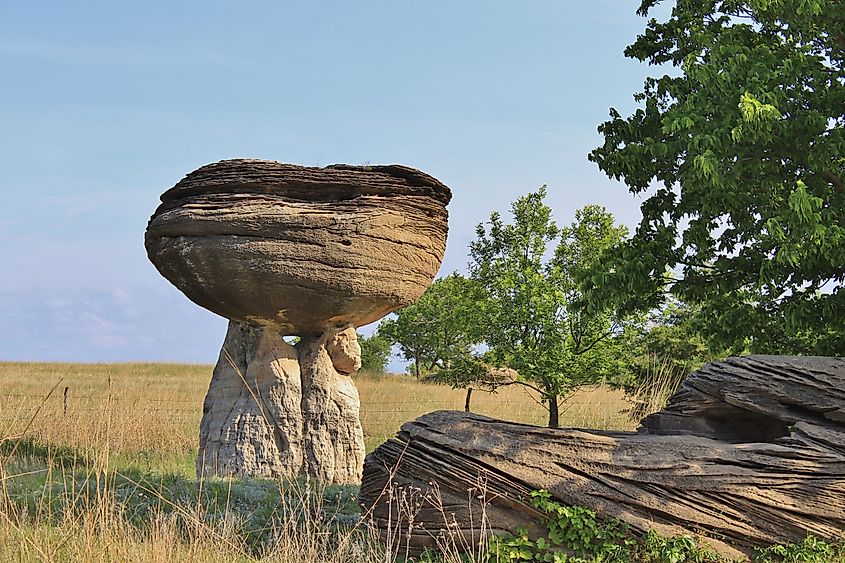
Nestled near Brookville lies Kansas’s tiniest state park, at only five acres. But with giant mushroom‑shaped sandstone formations that feel otherworldly, it's well worth a visit. These pedestal rocks, formed from Cretaceous‑era beach sediment, were made when softer stone eroded beneath harder caps; the largest measures roughly 27 feet wide atop a slender stem!
Once a landmark for Native Americans and famed pathfinders like Kit Carson, the formations were first noted officially by surveyors in the 1860s, eventually becoming a park in 1965. Here, you can traverse a short, easy walking trail on either side of the county road to view the two main mushroom rocks. No camping or entrance fees, by the way.
The Geographic Center of the United States - Lebanon
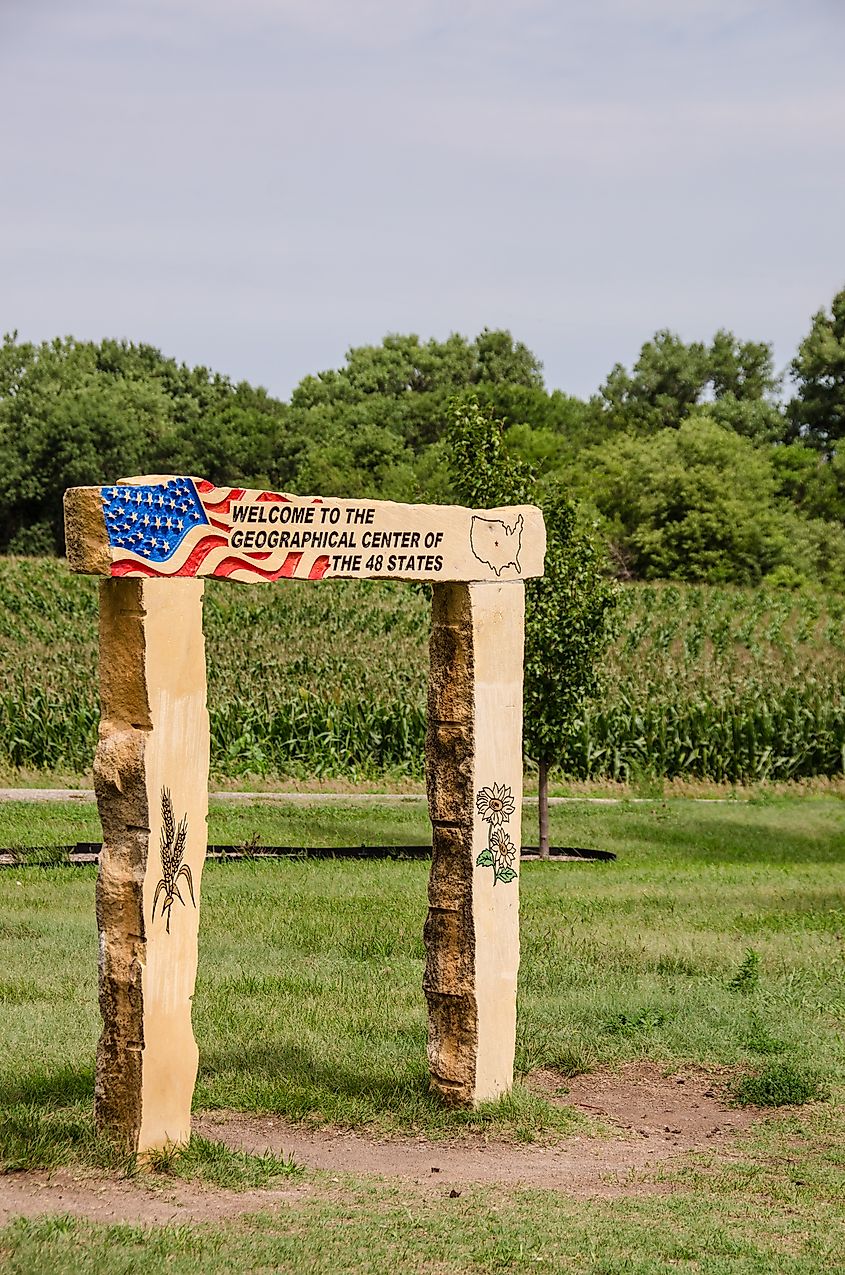
A seven‑foot limestone pyramid topped with a U.S. flag marks what’s been dubbed the geographic center of the 48 contiguous states. It is positioned in a small roadside stop a couple of miles northwest of the community of Lebanon, although the actual surveyed center lies roughly 0.7 mi away on private farmland.
The monument was erected in 1941 by Lebanon’s Hub Club after a 1918 survey balanced a cardboard map of the nation to find its “center of gravity.” The accompanying parkette features a tiny chapel seating six, picnic benches, and historical signage. Over the years, a motel and café came and went, but the chapel remains, often spotlighted in travel guides and even a 2021 Super Bowl advertisement.
The World's Largest Ball of Twine - Cawker City
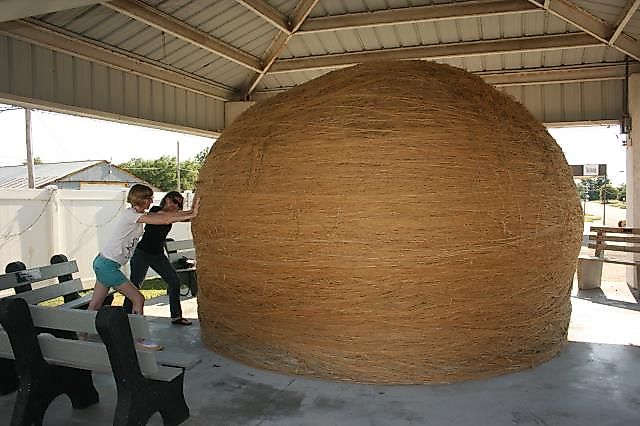
Cawker City’s claim to fame is a tightly wound curiosity, literally. The World’s Largest Ball of Twine was started in 1953 as one man’s personal project, and has turned into a community tradition, a massively popular roadside attraction. The ball now weighs roughly 27,000 pounds and continues to increase in size during an annual “Twine-a-thon,” where visitors and residents alike add to it.
Unlike similar claims from other states, Cawker City’s version is made entirely of sisal twine and remains accessible year-round under an open-air shelter. The site is also surrounded by murals, informational signs, and other twine-themed installations that add to the landmark’s eccentricity.
S. P. Dinsmoor's Garden of Eden - Lucas
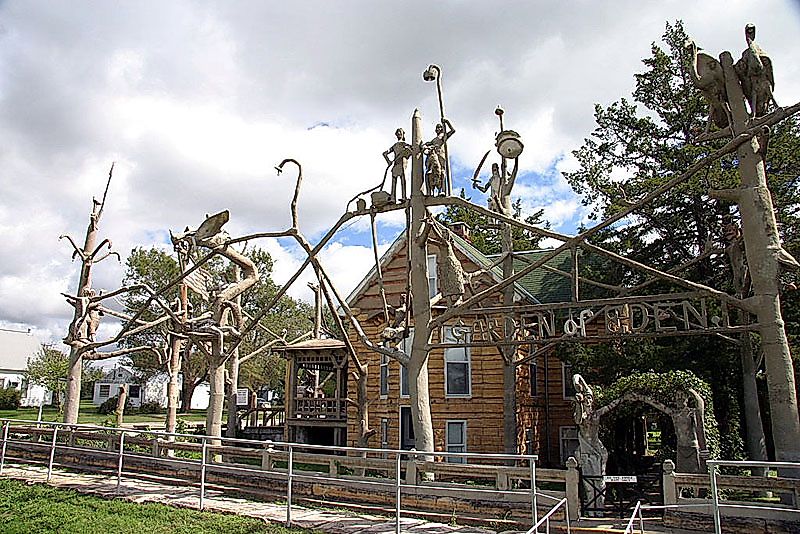
Built in 1907 by Civil War veteran and politician S.P. Dinsmoor, the Garden of Eden in Lucas is a maze of concrete sculptures, the tomb of Dinsmoor, and political commentary. The property includes over 150 figures, including angels, devils, laborers, and serpents, each shaped from reinforced concrete and arranged around Dinsmoor’s stone cabin.
The work heavily reflects the creator's unique religious and political beliefs, with themes critiquing corruption, praising common workers, and interpreting biblical stories. Dinsmoor also constructed his mausoleum on-site, where his embalmed body remains viewable through a glass-topped coffin. It still stands today not only as a surreal spectacle but as an early and enduring example of "outsider art" in the American Midwest.
Little Jerusalem Badlands State Park - Oakley
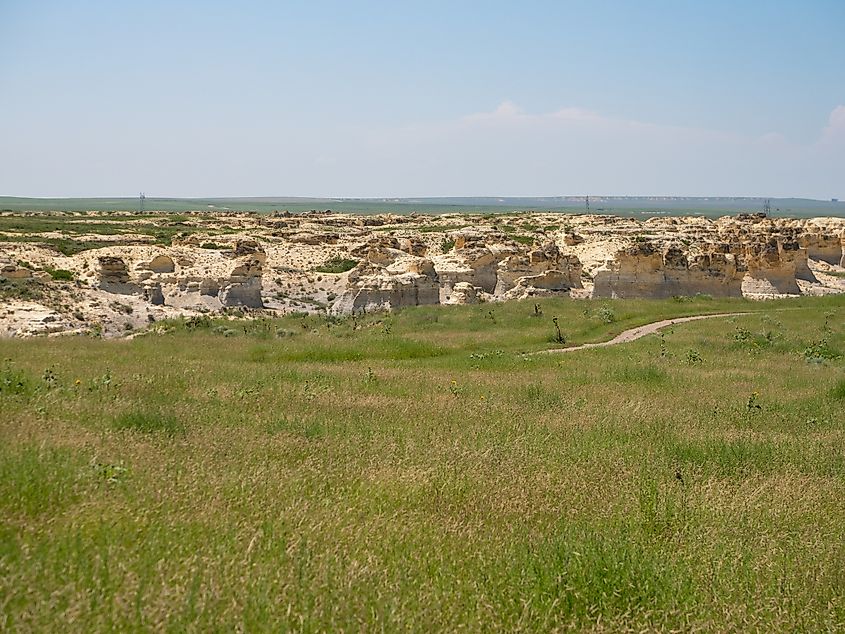
One of Kansas’s newest state parks, the Little Jerusalem Badlands, opened in 2019 to showcase a mile-long stretch of Niobrara chalk formations rising over 100 feet. These white-spired badlands, deposited some 85 million years ago beneath an inland sea, resemble an ancient walled city in the desert, hence their local name, “Little Jerusalem.”
The 332-acre site includes two self-guided trails (with an overlook and a short rim hike) accessible on foot from sunrise to sunset. Off-trail access into the canyon is permitted only via free guided hikes reserved ahead of time. If you don't make a reservation, you may stay on marked paths as long as you respect the fragile terrain and pay a $5 daily vehicle permit. The area protects unique wildlife like ferruginous hawks, cliff swallows, endemic wild buckwheat, and abundant fossils of marine reptiles and clams.
Truckhenge - Topeka
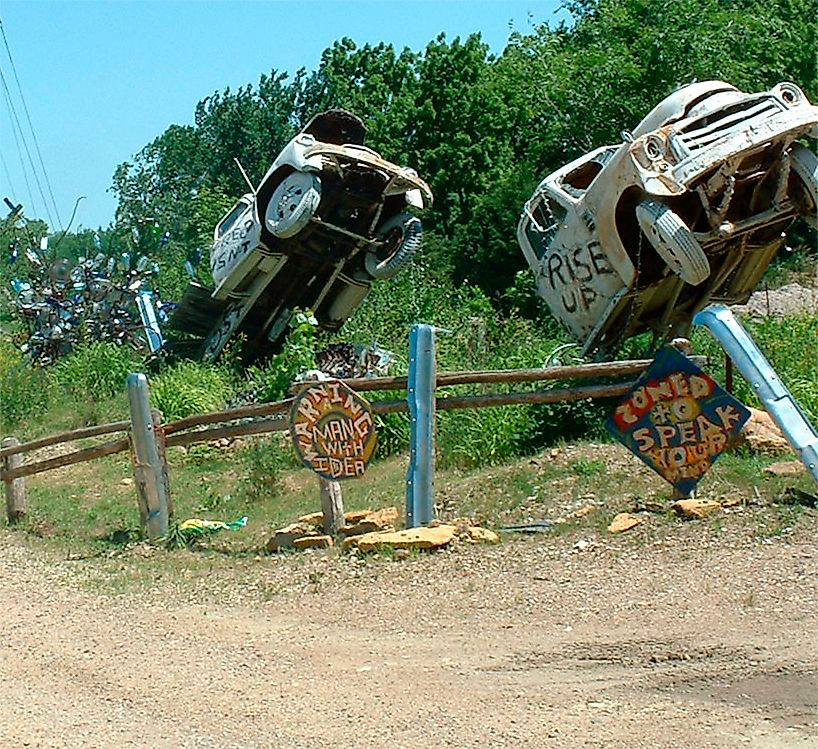
On the eastern edge of Topeka sits Truckhenge, a peculiar mix of art installation, political statements, and what can only be called "scrapyard ingenuity." Created by local artist Ron Lessman on his family farm, the site features a row of old trucks partially buried nose-first in the ground, mimicking the formation of England’s Stonehenge. Each truck here is painted with slogans and messages, some humorous, others pointedly rebellious.
What began as a zoning dispute over junk vehicles evolved into this offbeat landmark, also featuring boats, sculptures made of other materials, and bottle houses added over time. Truckhenge now functions as both a private art environment and an open-air museum, and you are encouraged to explore the grounds on foot, where an adjacent farm also boasts a shooting range and a fishing pond.
Big Well Museum - Greensburg
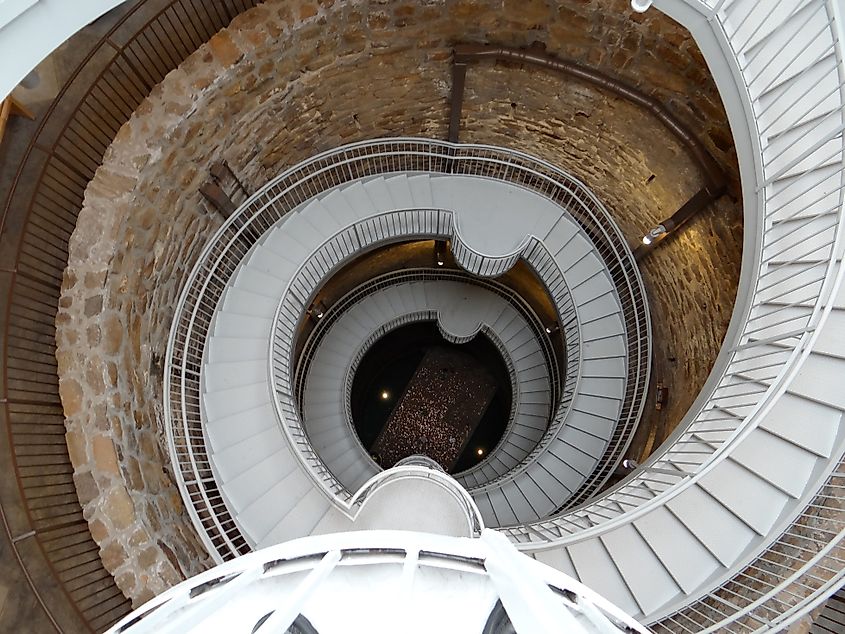
In the center of Greensburg lies a staggering underground monument: a 109-foot-deep, 32-foot-wide well dug entirely by hand in 1887. Originally built to supply water to steam locomotives, the Big Well remains one of the largest of its kind in the world. This descent into the earth is now part of a museum experience that also documents both the feat of 19th-century engineering and the town’s recovery from a devastating 2007 tornado.
Above ground, the site features exhibits on Greensburg’s transformation into one of the "greenest" (most environmentally friendly) towns in America. Also housed on site is a 1,000-pound pallasite meteorite discovered nearby. Considered to be the biggest of its kind, the meteorite just adds another fascinating, record-breaking twist to this already notable locale.
The Atomic Cannon - Junction City

Just outside Junction City, on a hilltop park, stands one of the few remaining Atomic Cannons in the country, an artillery piece that is literally capable of firing an atomic bomb. Officially known as the M65, this 280mm artillery piece was developed during the Cold War to fire nuclear warheads at shorter ranges than missiles. This one in Junction City was thankfully never used in combat, but was tested in Nevada in 1953.
Its placement near Fort Riley also reflects the area's long-standing military ties, and around it, you'll find a plaque with more historical info. But it’s the scale of the weapon and its intended purpose that leave the most lasting impression. Weighing 85 tons and stretching over 42 feet, the cannon is a hulking relic of nuclear-era fears, and definitely one of the craziest roadside attractions in the United States, let alone Kansas.
Van Gogh’s Sunflower Painting - Goodland
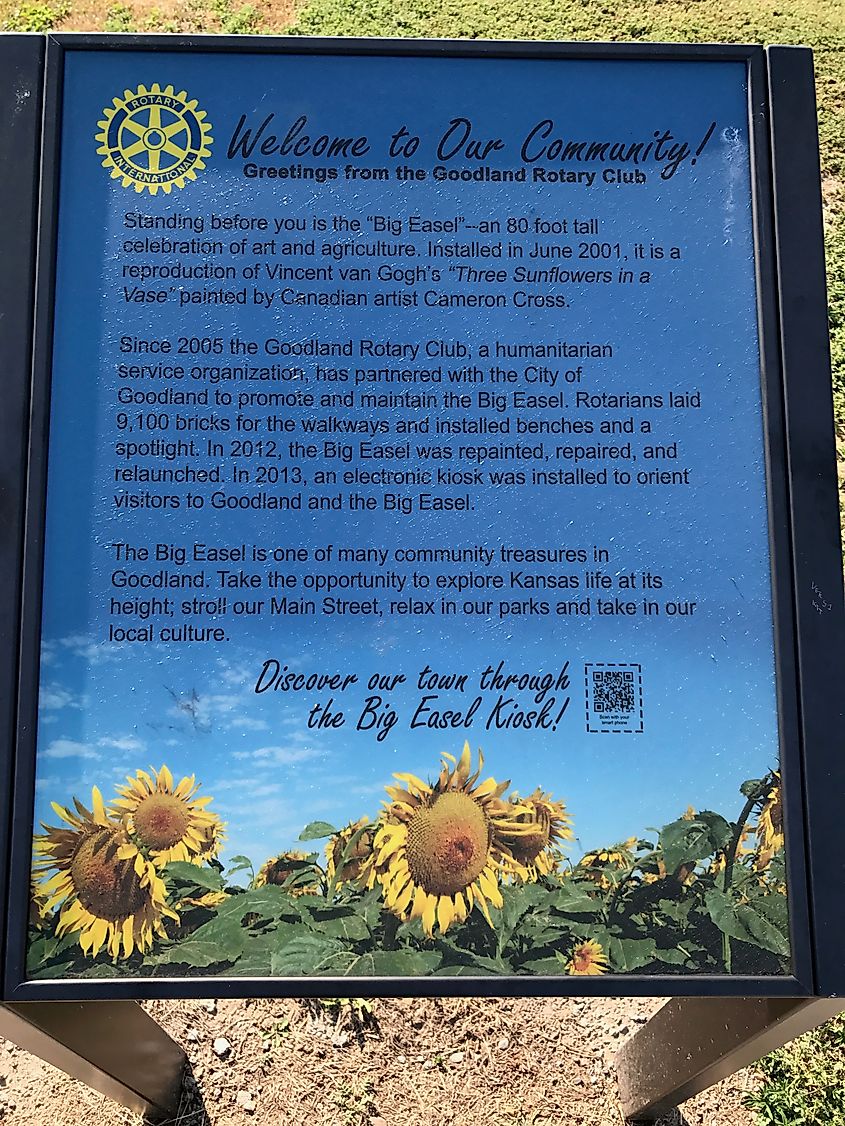
In Goodland, a small town near the Colorado border, a giant easel towers 80 feet above the ground, supporting a hand-painted replica of Van Gogh’s Three Sunflowers in a Vase. Completed in 2001, this oversized tribute was part of Canadian artist Cameron Cross’s global project to install seven monumental Van Gogh reproductions.
The Goodland easel, allegedly the largest in the world, is constructed of steel and weighs over 40,000 pounds, dominating the otherwise flat surrounding landscape. While Kansas has no direct connection to Van Gogh, sunflowers, and the state flower, the artwork is nicely linked thematically to its location. It’s a brief detour for I-70 travelers and a bold visual contrast to its small country town backdrop.
Witness Kansas' Oddities Today
From geological wonders to oversized art pieces and unique museums, these abnormal landmarks will make any trip through Kansas a memorable one. They will teach you a thing or two about this state's human and natural histories, or simply wow you with their eccentricity. Regardless, they're definitely worth a detour away from the big cities and typical tourist attractions to see.
